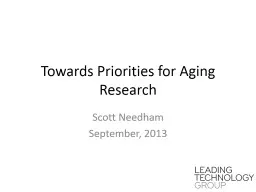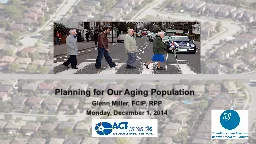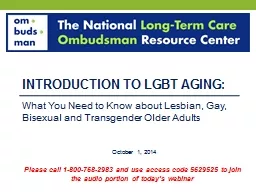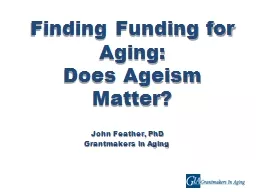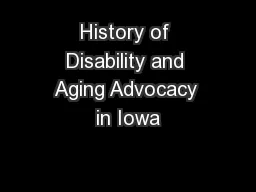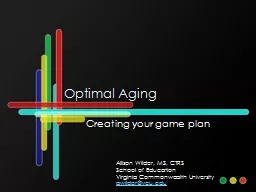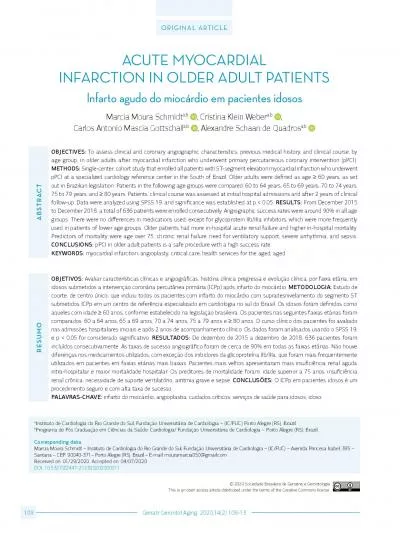PDF-Geriatr Gerontol Aging 2020141814
Author : oneill | Published Date : 2022-09-22
8 Centro Universitário Euramericano de Brasília 150 Brasília DF BrazilMedical Residency Program in Clinical Medicine Hospital Regional de Taguatinga 150 Taguatinga
Presentation Embed Code
Download Presentation
Download Presentation The PPT/PDF document "Geriatr Gerontol Aging 2020141814" is the property of its rightful owner. Permission is granted to download and print the materials on this website for personal, non-commercial use only, and to display it on your personal computer provided you do not modify the materials and that you retain all copyright notices contained in the materials. By downloading content from our website, you accept the terms of this agreement.
Geriatr Gerontol Aging 2020141814: Transcript
Download Rules Of Document
"Geriatr Gerontol Aging 2020141814"The content belongs to its owner. You may download and print it for personal use, without modification, and keep all copyright notices. By downloading, you agree to these terms.
Related Documents


